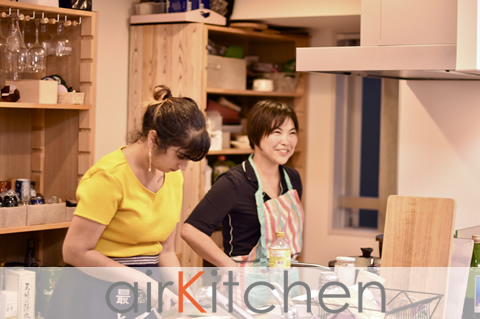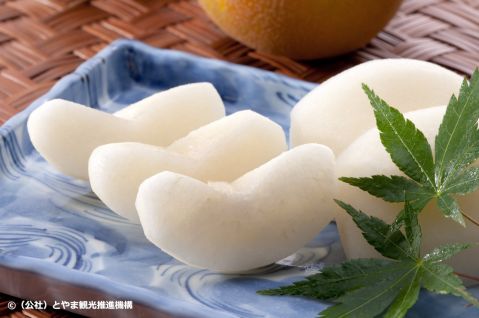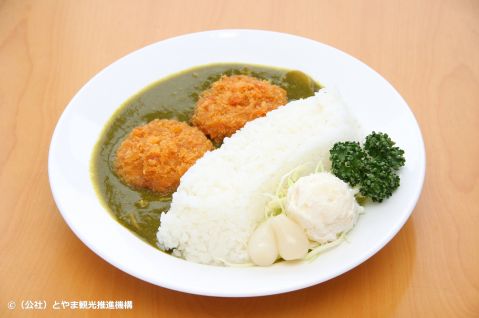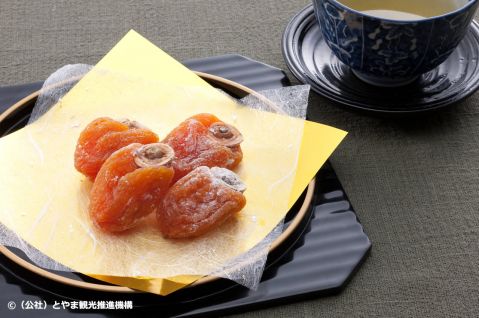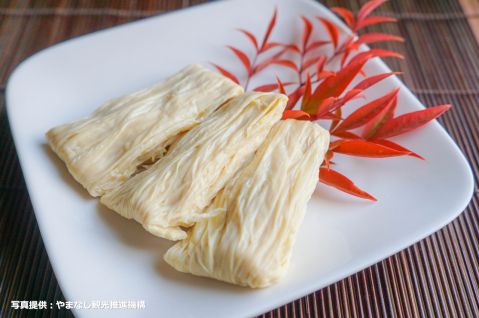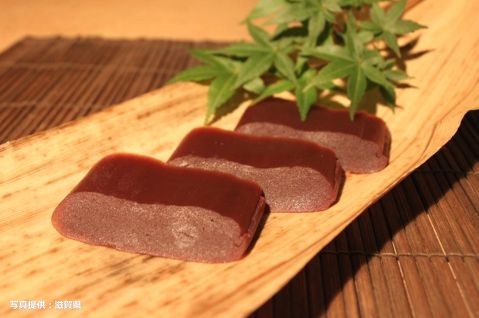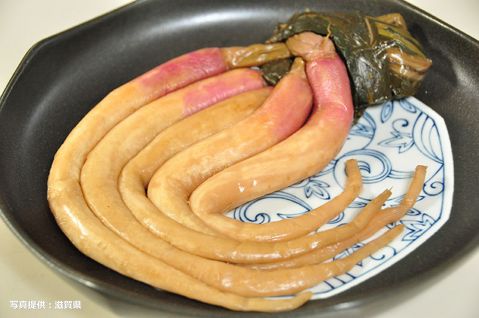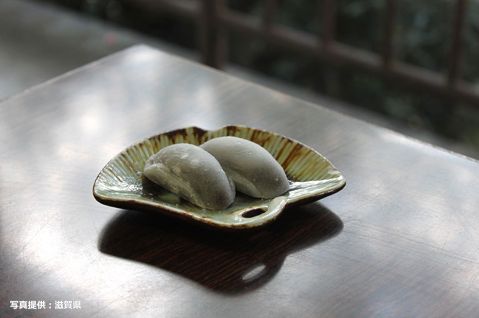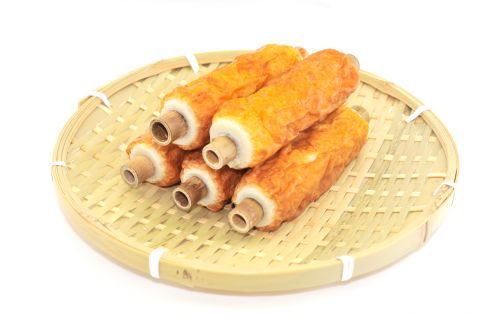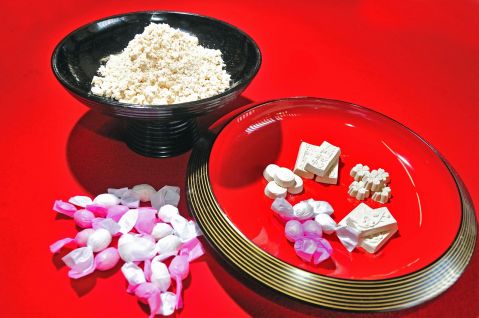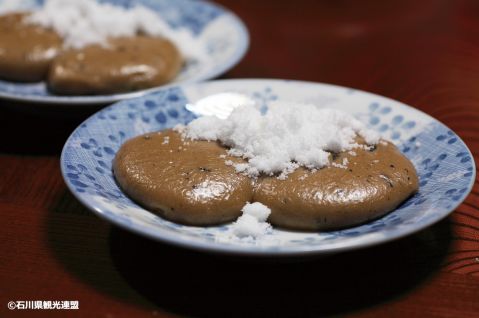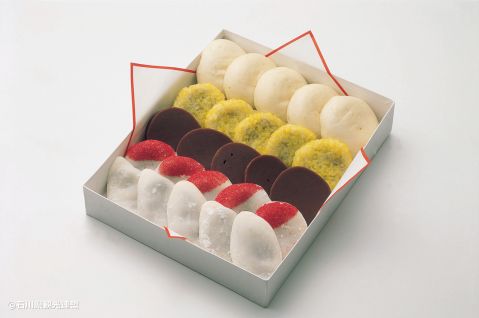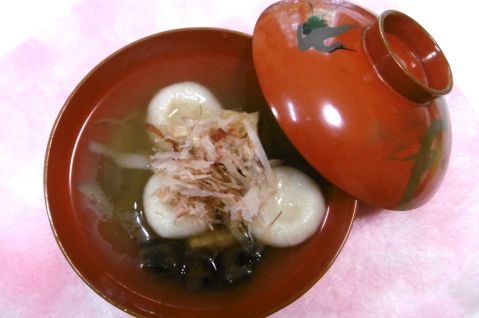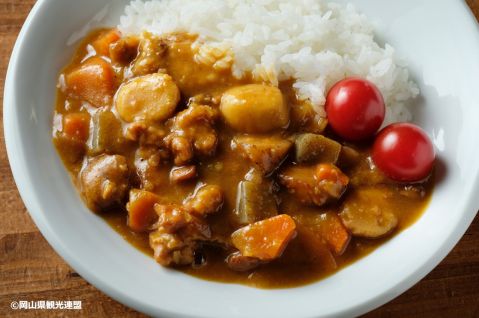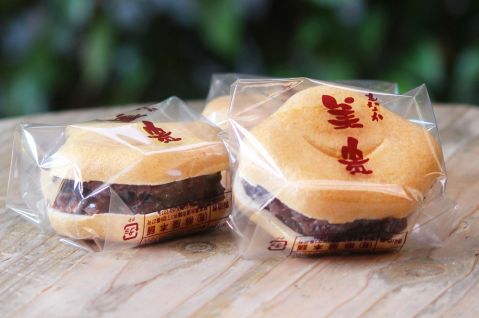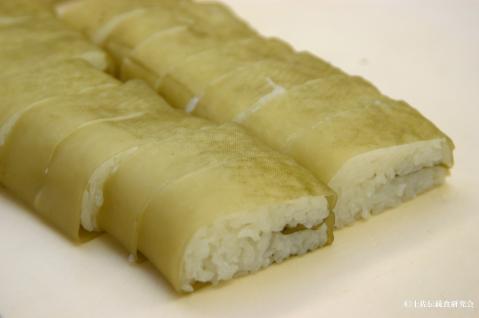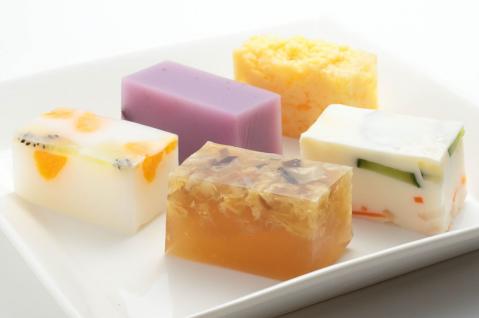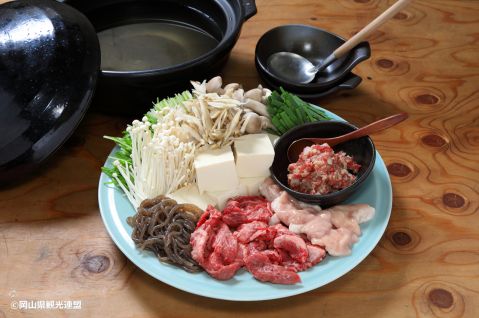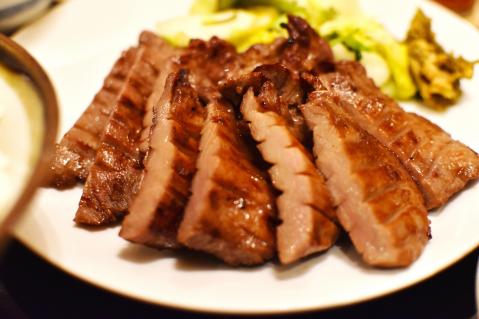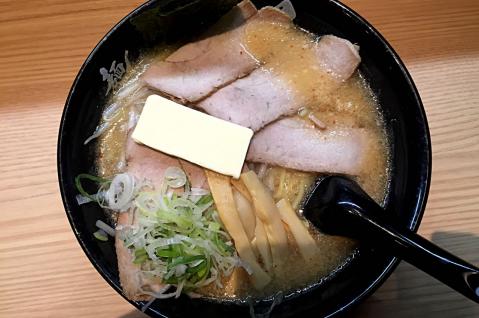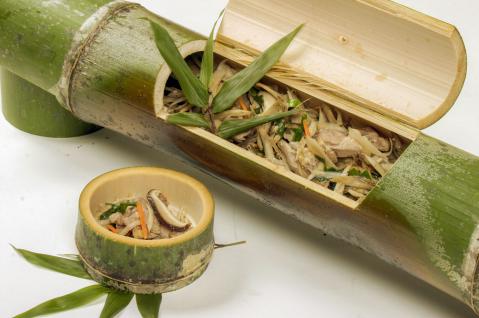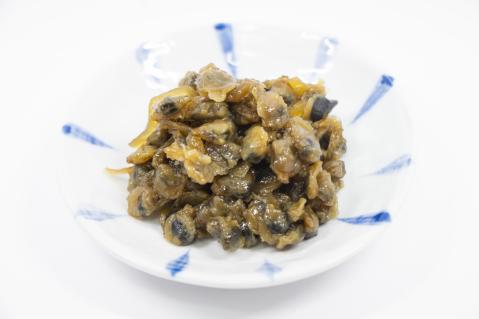Japanese Cuisine - Local cuisine
Cooking Classes in Japan
airKitchen allows travelers from all around the world to book and experience authentic cooking classes. Chose your best cooking class from 1000+ classes.
Kureha Pear
The Kureha Pear (呉羽梨, Kureha nashi) is a premium brand of pears grown in the Kureha district, representing the best of Toyama Prefecture's produce. Unlike most pear farms,...
Kombu-Jime
Kombu-Jime (昆布締め, kombu jime) is a dish that originated in the Edo period, combining kombu seaweed from Hokkaido, transported by merchant ships, with fish caught in Toyama B...
Kurobe Dam Curry
Kurobe Dam Curry (黒部ダムカレー, Kurobe damu kare) is a curry rice dish inspired by the iconic Kurobe Dam, a famous tourist destination in Toyama Prefecture. During the cons...
Toyama Dried Persimmons
Toyama Dried Persimmons (富山干柿, Toyama Hoshigaki) are a traditional delicacy made from a unique variety of persimmons grown in the former Fukumi and Johana towns of Toyama Pr...
Nama Yuba (Fresh Soy Milk Skin)
Nama Yuba (生湯葉, fresh soy milk skin) is made by boiling and crushing soybeans to produce soy milk, then simmering the soy milk to create a delicate film on its surface. This ...
Amenoio Rice
Amenoio Rice (アメノイオご飯, Masu-meshi) is a traditional mixed rice dish featuring the Biwa trout, a unique species native to Lake Biwa that spawns in the autumn season. The d...
Detchi Yokan
Detchi Yokan (丁稚羊羹, Detchi youkan) is a traditional specialty from Shiga Prefecture. This unique type of yokan, a steamed bean jelly, is made by blending sweetened azuki bea...
Hinona Pickles
Hinona Pickles (日野菜漬け, Hinona-zuke) have a long history dating back to the Muromachi period, when Sadahide Gamo, the lord of Otowa Castle, discovered the Hinona vegetable d...
Hashirii Mochi
Oiwake, once a bustling gateway to Kyoto on the Tokaido road, was filled with travelers and lined with charming tea houses. Hashirii Mochi (走り井餅, Hashirii mochi) originat...
Bamboo Chikuwa
One of the beloved soul foods of Tokushima Prefecture is "Bamboo Chikuwa" (竹ちくわ, Take chikuwa). What sets it apart from regular chikuwa? It’s sold with the bamboo still i...
Awa Wasanbon Sugar
Awa Wasanbon Sugar (阿波和三盆糖, Awa wasanbon tō) is a rare, traditional Japanese sugar made from a native sugarcane variety called "Taketo" (also known as Hosogoma), which is ...
Wagashi (Traditional Japanese Sweets)
Kanazawa, a historic castle town, is celebrated as one of Japan’s top three regions for wagashi (和菓子, traditional Japanese sweets). Strolling through the city, you’ll encount...
Tochi Mochi
Tochi Mochi (栃もち, Tochi mochi) is a traditional delicacy from the Hakusan foothills, distinguished by its slightly brownish color and tiny dark specks. Historically, it origi...
Goshiki Manju
Goshiki Manju (五色饅頭, Goshiki manju) is a beloved specialty of Kanazawa and consists of five types of traditional Japanese confections bundled together. Its origin dates b...
Mikka no Dango-jiru Soup
In Toyama Prefecture, known for its rice production, mochi dishes and sweets are deeply intertwined with ceremonies and major life milestones. "Mikka no Dango-jiru Soup" (三...
Kagami Countryside Curry
Kagami Countryside Curry (かがみの田舎カレー) is a delightful local specialty featuring large pieces of chicken, potatoes, konjac, and other locally-sourced ingredients. It’s to...
Kind of food
Recommended
-
![Miki Monaka]()
Miki Monaka
Kumamoto / >Local cuisine -
![Kobuzushi]()
Kobuzushi
Kochi / >Sushi -
![Kanten Cuisine]()
Kanten Cuisine
Akita / >Local cuisine -
![Sozuri Nabe]()
Sozuri Nabe
Okayama / >Nabe dish -
![Sendai Beef]()
Sendai Beef
Miyagi / >Meat dish -
![Sapporo Ramen]()
Sapporo Ramen
Hokkaido / >Ramen -
![Kappo Chicken]()
Kappo Chicken
Miyazaki / >Local cuisine -
![Shijimi Tsukudani (Seasoned Freshwater Clams)]()
Shijimi Tsukudani (Seasoned Freshwater Clams)
Shimane / >Local cuisine
